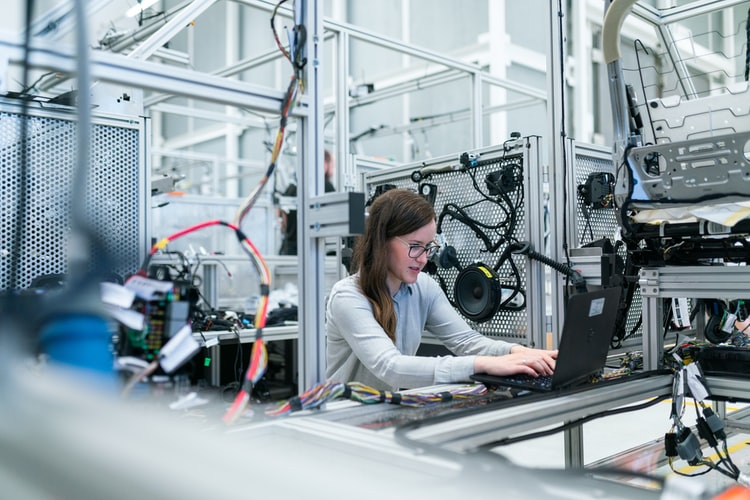
Making physical products can be expensive and complicated. However, it has been proven that if done correctly, manufacturing is a very profitable business to be in.
With technology improving at a rapid rate and the distribution of those physical products taking a massive leap in a new direction with the growth of companies like Amazon, getting a manufacturing strategy right can seem like hitting a moving target.
While this is, broadly speaking, correct there are certain factors that will aid your success no matter what is on the horizon.
Get the right location
With physical products, it’s all about where you are. While it may look complicated, at a basic level manufacturing is a straight ‘in one end, out the other’ process.
So, you need to be in a place where it’s easy to get things in one end – which means good transport links – and out the other – which means close to your distribution network.
Huge lorries need to be able to get in with your raw materials and equally large ones need to leave to take product to your customers, or more commonly now, an equally huge Amazon distribution centre.
This is why purpose-built facilities by the side of major roads have replaced dingy old factories as they tick this important box.
Another factor here is the ease with which employees can reach your facility. They aren’t going to want to be stuck in town centre traffic or spend ages looking for a parking space.
Better to have somewhere they can just pull off the road and take their pick of spaces in the employee car park
Get the right equipment
If you’re going to be manufacturing products, you’ll need the most efficient, fast and cost-effective equipment to do the job.
Whether it’s a moulding machine in a plastics factory, or extraction equipment in chemical processing, you’ll need something that is also safe to run and produces quality output.
Manufacturing equipment can be every bit as expensive as the purpose-built facility you’re putting it in, so you’ll need to choose carefully. Business expansion and technological advancement can mean upgrading your equipment, so look to compatibility and future-proofing at point of purchase (or hire).
Get the right people
Despite what many might think, it’s not just a case of getting bodies in the ‘right location’ to mind the ‘right equipment’ as cheaply as possible.
You may well have heard the expression, ‘if you pay people just enough so they don’t leave, they’ll only work hard enough not to get fired’ and it’s this philosophy that has been a contributing factor in many a manufacturing business’ demise.
It’s not just a case of hiring the right people, but of training and empowering the ones you already have. While you will always get a turnover of staff, no matter what you do – keeping a core of employees who are emotionally invested in the business can only contribute to your success.
In short, before you wander into the bank or approach investors with your business plan, you need to make sure you intend to tick the three boxes outlined above, or things might not go the way you planned at all.
